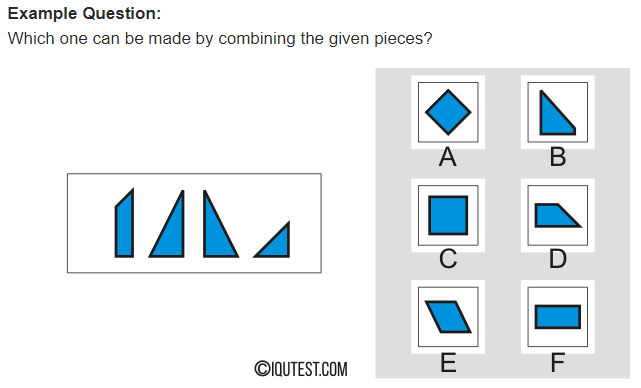By the end of this unit you should:

Listen to this introduction to find out the name of your teacher and how to contact him on campus and via email.

Read the introduction below:
The official university course syllabus provides details of the grade percentages awarded to participation, quizzes and final assessment.
The course divides into two parts: knowledge acquistion and prototype development. You will work individually on knowledge acquisition and in teams for the prototype development. (For students who can code and prefer not to work in teams, you can form a team of one).
Active participation is defined (by me) as submitting assignments or completing assigned tasks via the learning management system ( ELMS ).
In general, each assignment or task is awarded either zero or 100%. Most assignments involve solving problems. This emoticon is used to remind you of these. Quizzes are conducted either online or live. The final assignment is the creation of a prototype for a pattern-matching and visualization tool. For this assignment, you need to design, develop and evaluate a tool. Your group will need to submit three items, namely the source code, a written report and a video evaluation.
Introduce yourself to your classmates. State your preferred name, something you are proficient at (programming, gaming, maths?), and share the reason why you selected this course. If your course is fully online, use the Forum on ELMS. If your course is delivered via Zoom, you can use a breakout room.
Read the following.
The course divides into two parts: knowledge acquistion and prototype development. In the knowledge acquisition part, we focus on the core concepts of time and tense. In the prototype developmet part we focus on visualization of language.
Knowledge development
The first five units are dedicated to enhancing your knowledge of time and tense, and enabling you to apply this knowledge to texts written in English. We will, however, analyze and discuss texts written in different languges. The five units to be covered are:
Prototype development
In this part, different visualization tools are introduced. This is followed by a brief introduction to different natural language pipelines. The lion's share of this part will be spent on prototype development. This prototype needs to be evaluated and so methods of evaluation are also covered. The final unit aims to review the course, bringing together all the core concepts covered.
The courses comprises 14 sessions and 10 units. the first half of the course will focus on Units 1 to 5. The remainder of the course will focus on Units 6 to 10.
Look at the image of the night sky. Work alone and identify any patterns that you can find.

Work with a partner. Discuss any patterns that you were able to find.
Humans are very adept at identifying patterns. Hunters can spot the pattern of moving animals and target the animals. Farmers can spot the patterns of weather, insects and crops. Students can spot the patterns of idiosyncratic behaviours of their teachers. Some teachers repeated touch their nose, or say the same phrase many times. Likewise, teachers can spot patterns in student behaviours. A common example is the students who arrive late tend to get lower grades. The Rorschach inkblot test can be used to identify the ability to see patterns.
Identify the images in 10 inkblots in this online Rorschach inkblot test.
The first inkblot from this test is reproduced below.

Source: Oink
When you have finished, work with a partner and discuss your answers.
Answer the 15 questions on spacial pattern matching Pattern-matching test.
An example of a question checking spacial pattern matching is given below.

Source: IQ U test
Read.
The aim of this activity is to help you to understand basic vocabulary related to patterns.
Watch and listen to the short explanation of the patterns of naming colours in any language. Read the closed captions if necessary to help you understand.
Knowledge and application activities are designed to help you activate the key terminology and apply the concepts covered in the course so far. Try to use the terminology and concepts accurately and appropriately.
Describe a pattern related to food. Submit your work in pdf format via ELMS. Include each of the following:
Make sure you can explain the following simple English:
Make sure you can explain the differences between the following simple English:
Running count: 6 of 71 pattern-related concepts covered so far.